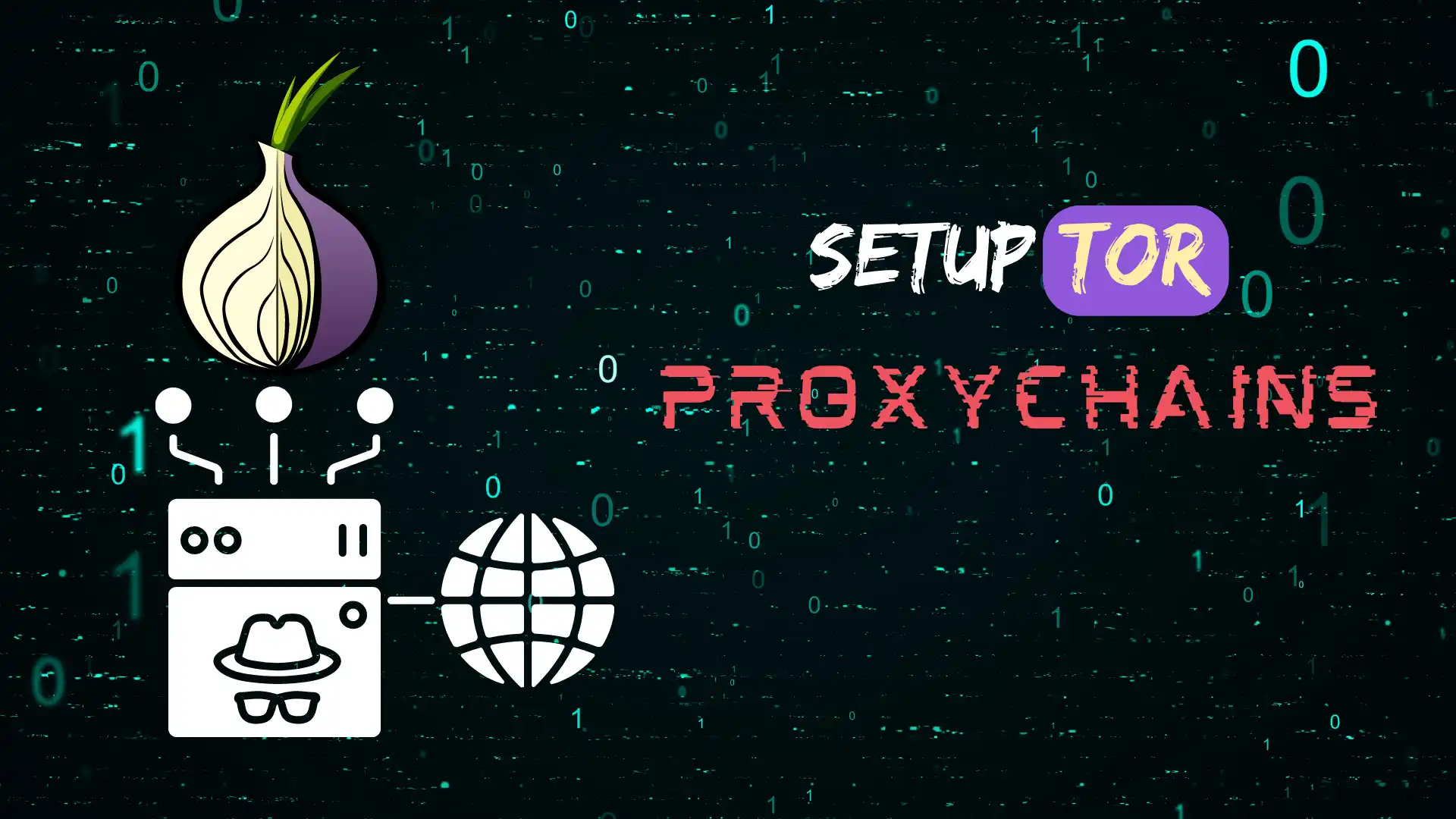A firewall is a software or firmware that blocks unauthorised access to a network. It inspects incoming and outgoing communication using a set of rules to detect and prevent threats.
What is a Firewall?
Firewalls are used in both residential and corporate settings, and many devices come with one built-in, including Mac, Windows, and Linux PCs.
They have usually recognised a key component of network security.

Types of Firewall:
Firewall Proxy service:
A proxy firewall is an early form of firewall device that acts as a gateway for a particular application from one network to another. By prohibiting direct connections from outside the network, proxy servers may offer extra capabilities like content caching and security.
This, however, may have an effect on throughput and the applications that can be supported.
Stateful inspection firewall
A stateful inspection firewall analyses network traffic to identify whether one packet is connected to another one.
Next Generation (NGFW)
Firewalls have progressed beyond basic packet filtering and stateful inspection. Most firms are installing next-generation firewalls to counter contemporary threats such as sophisticated malware and application-layer assaults.
Standard firewall features like stateful inspection
- Integrated intrusion prevention
- Application awareness and control to see and stop dangerous applications
- Upgrade pathways to accommodate future information feeds
- · Techniques to combat rising security dangers
While these features are quickly becoming the norm for most enterprises, NGFWs can do more.
Threat-focused NGFW
These firewalls feature all the characteristics of a typical NGFW and additionally offer advanced threat detection and mitigation. With a threat-focused NGFW you can:
Know which assets are most at risk with comprehensive context knowledge
Quickly respond to assaults with sophisticated security automation that establishes rules and hardens your defences dynamically
Better identify evasive or suspicious activities using network and endpoint event correlation
Greatly minimise the time from discovery to cleaning using retrospective security that continually watches for questionable activity and behaviour even after the first inspection
Ease administration and minimise complexity with consistent rules that defend throughout the full attack continuum.
Packet filtering
A tiny quantity of data is examined and delivered in accordance with the filter’s requirements.
A packet’s source and destination addresses, protocol, and destination port number are all examined when it travels through a packet-filtering firewall. If a packet does not conform to the firewall’s ruleset, it is dropped – that is, it is not transmitted to its intended destination. If a firewall is set to restrict
Telnet access, for example, packets bound for Transmission Control Protocol (TCP) port number 23, where a Telnet server application would be listening, would be dropped.
Although the transport layer is utilised to get the source and destination port numbers, a packet-filtering firewall primarily functions on the network layer of the OSI reference model.
It analyses each packet separately and has no way of knowing whether or not it is part of a larger stream of traffic.
Packet-filtering firewalls are effective, but they are subject to IP spoofing attacks since they analyse each packet in isolation.
Stateful inspection firewalls have essentially superseded packet-filtering firewalls.
How does a firewall work?
A firewall is a device that creates a barrier between an external network and the network that it protects.
It is placed inline across a network connection and inspects all packets entering and exiting the protected network. It employs a series of pre-configured rules to differentiate between benign and malicious packets as it inspects them.
The word ‘packets’ refers to data that has been prepared for transmission over the internet. Data, as well as metadata about the data, such as where it originated from, is included in packets.
This packet information may be used by firewalls to assess if a particular packet complies with the ruleset. If it doesn’t, the packet will be denied access to the protected network.
Packet data may be used to generate rule sets depending on a variety of factors, including:
- Their origin.
- They have arrived at their goal.
- Their stuff is quite interesting.
At various layers of the network, these features may be expressed in different ways. A packet is reformatted numerous times as it travels over the network to notify the protocol where to deliver it. For Port Forwarding we need to access over the firewall.
There are several kinds of firewalls that can read packets at various network levels.
What do Firewalls Do?
A firewall is an essential component of any security design since it delegates host-level safeguards to your network security device, eliminating the need for guessing.
Firewalls, particularly Next-Generation Firewalls, are focused on preventing malware and application-layer attacks. When combined with an integrated intrusion prevention system (IPS), these Next-Generation Firewalls can detect and respond to outside attacks across the entire network quickly and seamlessly.
They can create rules to better safeguard your network and conduct fast assessments to identify and shut off unwanted or suspicious behaviour, such as malware.
Why Do We Need Firewalls?
Malware and application-layer assaults are blocked by firewalls, particularly Next-Generation Firewalls. These Next-Generation Firewalls, when combined with an integrated intrusion prevention system (IPS), can identify and repel assaults across the whole network swiftly and efficiently.
Firewalls may enforce previously established regulations to better safeguard your network, as well as perform fast assessments to identify and shut down unwanted or suspicious behaviour, such as malware.
You may build up your network with precise rules to allow or prohibit incoming and outgoing traffic by using a firewall as part of your security architecture.
Firewall vendors:
Businesses intending to buy a firewall should be aware of their requirements and have a good understanding of their network architecture.
There are several varieties, features, and suppliers that specialise in each of these categories. Listed below are a few renowned NGFW providers:
Palo Alto has a lot of coverage, but it’s not inexpensive.
SonicWall is a terrific bargain and can work for a variety of business sizes. SonicWall offers network security solutions for small, medium, and large networks. Its sole flaw is that it doesn’t have a lot of cloud functions.
- Cisco has the most functionality of any NGFW, but it isn’t inexpensive.
- Sophos is a wonderful choice for smaller businesses since it is simple to use.
- Barracuda: reasonable price, excellent management, support, and cloud capabilities.
- Fortinet has a lot of coverage, a good price, and some cloud capabilities.
Future of network security
Network traffic largely went north-south in the early days of the internet, when AT&T’s Steven M. Bellovin first utilised the firewall metaphor.
This basically implies that in a data centre, the majority of traffic flows from client to server and server to client. Virtualization and trends like converged architecture, on the other hand, have resulted in greater east-west traffic in recent years, which means that the highest amount of traffic in a data centre is sometimes travelling from server to server.
Some corporate firms have shifted from conventional three-layer data centre designs to different versions of leaf-spine architectures to cope with this transformation.
Some security experts have warned that, although firewalls still serve a crucial role in keeping a network safe, they may become less effective as a result of this shift in design. Some analysts even expect a complete shift away from the client-server approach.
The adoption of software-defined perimeters is one such approach (SDP). Because it has less latency than a firewall, an SDP is better suited to virtual and cloud-based infrastructures. It also works better in security models that are becoming more identity-centric. This is due to the fact that it prioritises safeguarding user access above IP address-based access. A zero-trust framework underpins an SDP.



0 thoughts on “What is Firewall?|Firewall Types|Future of Network Security 2022”